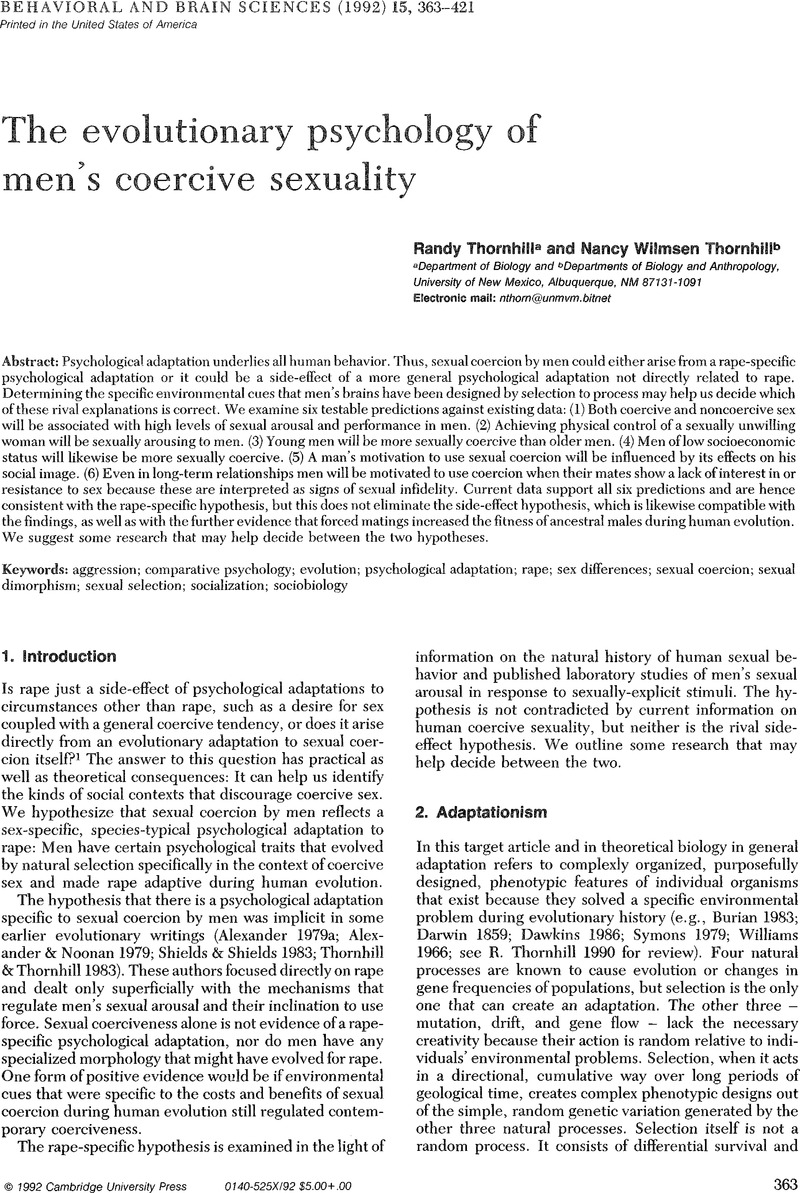Crossref Citations
This article has been cited by the following publications. This list is generated based on data provided by Crossref.
BORRILL, JO
and
STEVENS, DAVID
1993.
Understanding human violence: the implications of social structure, gender, social perception and alcohol.
Criminal Behaviour and Mental Health,
Vol. 3,
Issue. 3,
p.
129.



